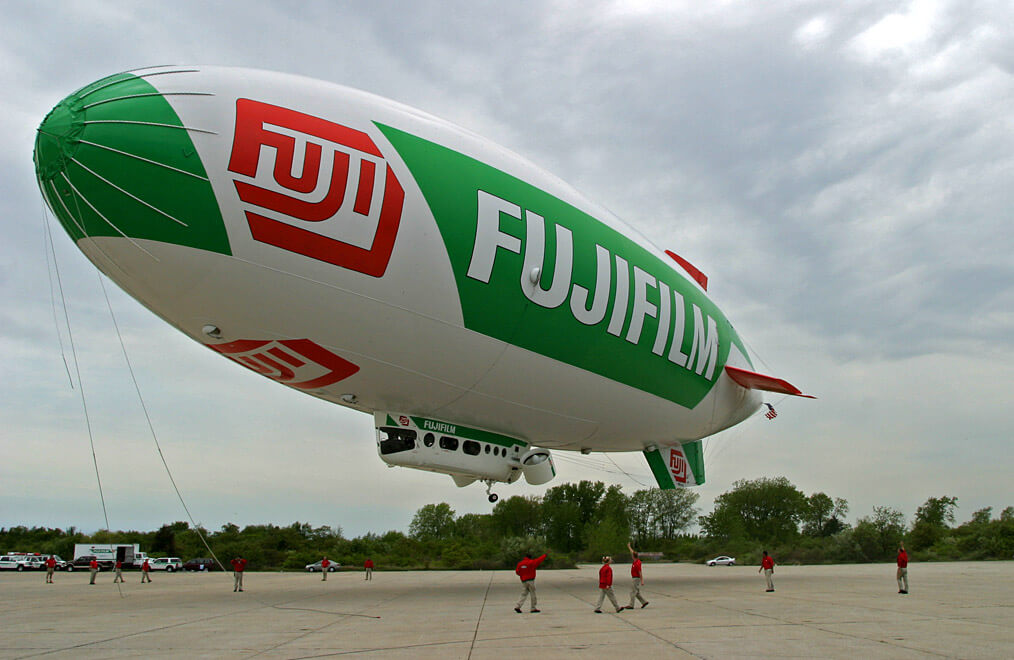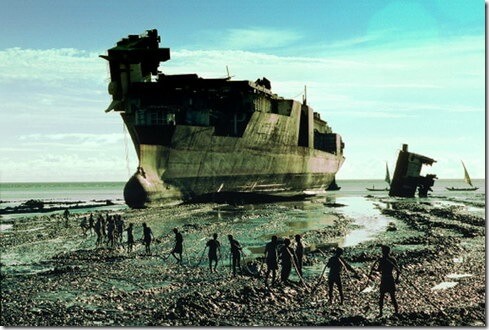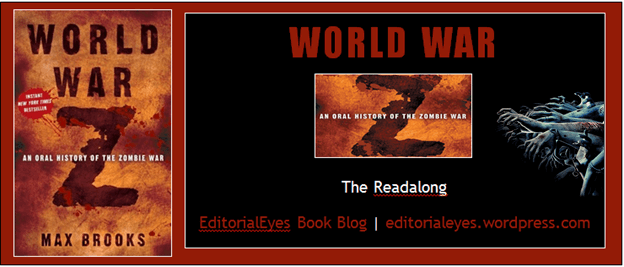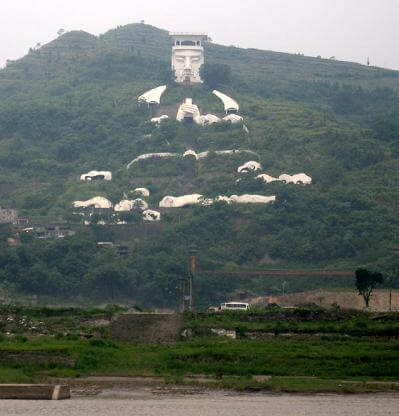Previous readalong posts
Part 1: “Introduction” & “Warnings”
Part 2: “Blame”
Part 3: “The Great Panic”
The Story So Far…
In part 3, we’ve moved past the initial fears and doubts of the public about the outbreaks. These testimonials relate the first substantial encounters people had with the infected. In Memphis, Tennessee, USA at the Parnell Air National Guard Base, the interviewer speaks with Gavin Blaire. Blaire was the pilot of a Fujifilm blimp before the war and now works on one of the dirigibles used in the Civil Air Patrol. He recalls the mass exodus that occurred at the beginning of the Great Panic, with interstates turned into gridlock as people tried to get out of town. Tragic, he points out, because they were leaving one heavily infested city and heading toward another area of high infestation. He wonders if anyone had organized the doomed escape attempt, or if people just got in line, going in the same direction they saw the rest of the herd moving in. Even as they waited in their cars to get moving, zombies swarmed and attacked, “literally eating [their] way up the stalled lines” (loc 1175).

In Alang, India, Ajay Shah looks out over the wreckage of decaying ships on the shore. He was once a “white-collar professional” in the nearby town of Bhavnagar, but when the Great Panic hit, he headed for the shore to escape the infested land. He remembers seeing people with smaller boats and rafts charging outrageous sums to ferry people to the large ships in the harbour, or refusing to take people of a certain caste or skin colour—but, he points out as an afterthought, for every negative story he saw ten good ones. He himself was saved when he dove into the sea, swimming desperately for a ship, by a Canadian aboard The Sir Walter Grenfell. Others weren’t so lucky, and as the dead reanimated below the waves, they rose up to attack. Even the water wasn’t safe.

Continue reading “World War Z Readalong Part 3: “The Great Panic””



